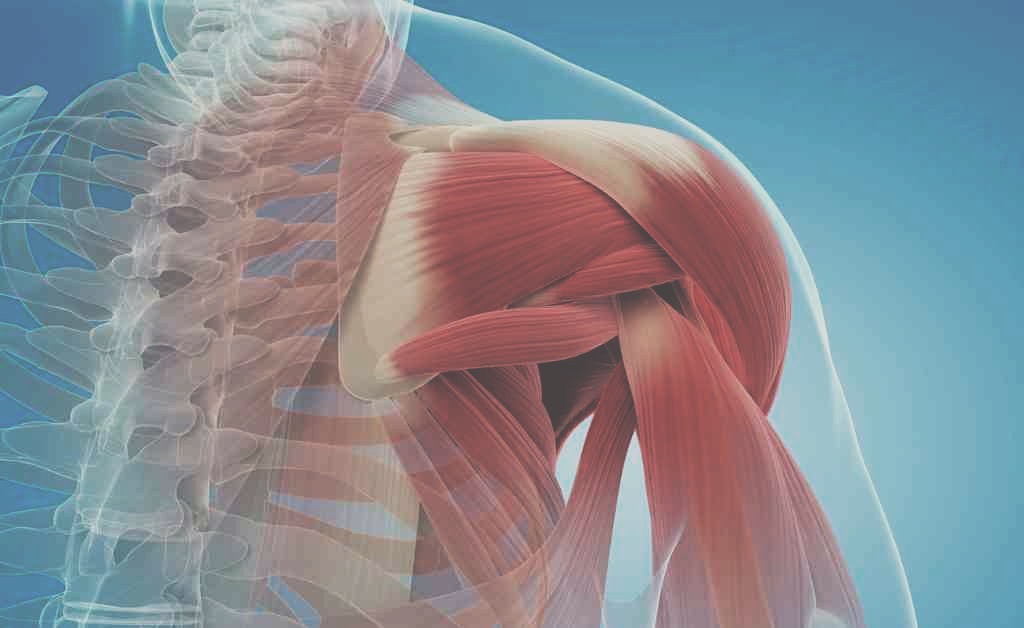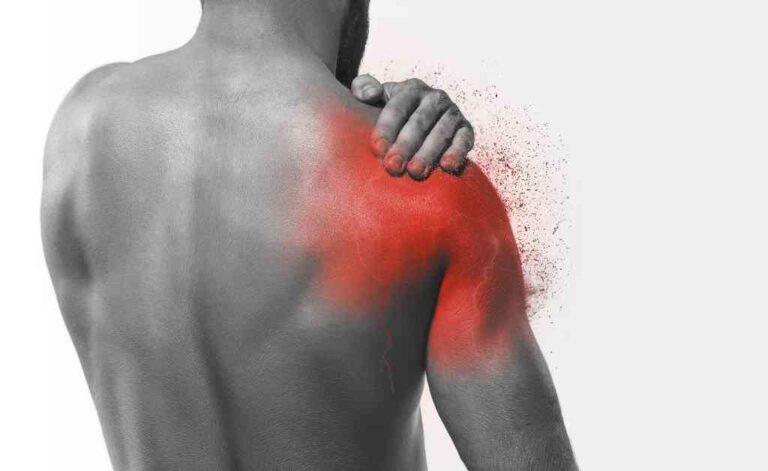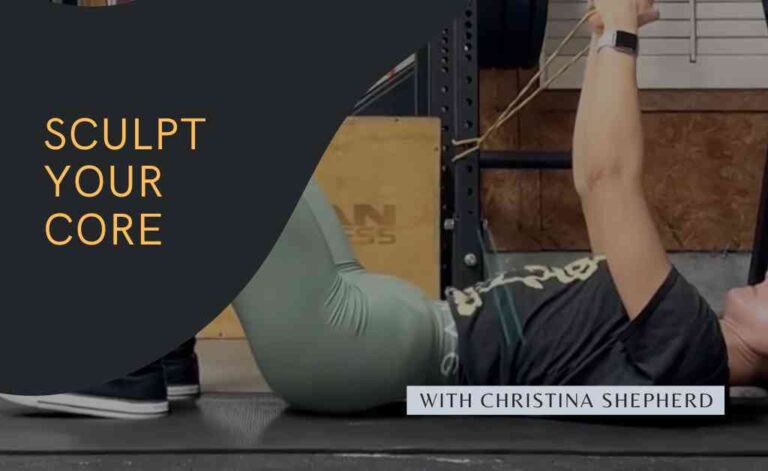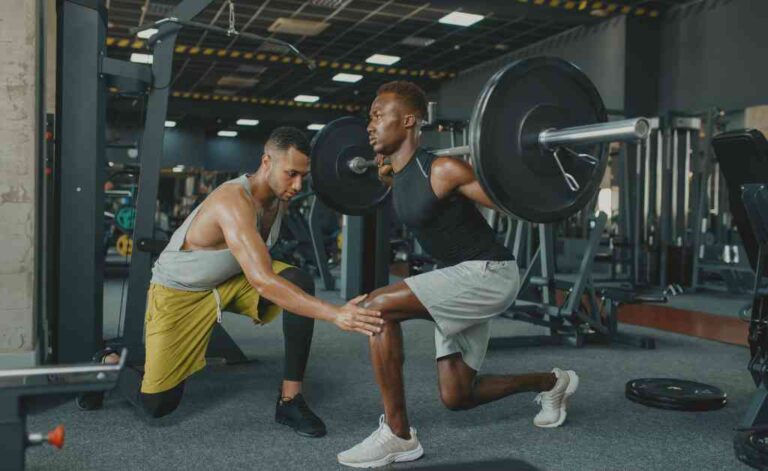Complementary muscle groups are groups of muscles that work together to produce coordinated movements. They are called complementary because they work in opposition to each other. One muscle group contracts while the other relaxes. This allows for efficient movement and prevents muscle fatigue.
There are several examples of complementary muscle groups in the human body. Some of the most discussed are the biceps and triceps, the quadriceps and hamstrings, and the chest and back muscles. Understanding how these muscle groups work together can help individuals maximize workouts and prevent injury.
Examples of complementary muscle groupings
One of the most well-known examples of these muscle groups is the biceps and triceps. The biceps are located on the front of the upper arm and are responsible for flexing the elbow joint, while the triceps are located on the back of the upper arm and are responsible for extending the elbow joint. When performing exercises such as bicep curls or tricep extensions, it is important to work both muscle groups in order to maintain balance and prevent injury.
Another important set of complementary muscle groups is the quadriceps and hamstrings. The quadriceps are located on the front of the thigh and are responsible for extending the knee joint, while the hamstrings are located on the back of the thigh and are responsible for flexing the knee joint. These muscle groups are crucial for movements such as walking, running, and jumping. It is important to maintain a balance between them in order to prevent injury and improve overall athletic performance.
The chest and back muscles are also complementary muscles. The chest muscles are responsible for pushing movements and the back muscles are responsible for pulling movements. These muscle groups are essential for activities such as lifting heavy objects and performing pull-ups, and it is important to work both groups in order to maintain balance and prevent injury.
Smaller muscle groups work together too
In addition to these major complementary muscle groups, there are also smaller muscle groups that work together in a complementary fashion. For example, the muscles of the wrist and forearm work together to produce movements such as gripping and twisting, while the muscles of the ankle and foot work together to produce movements such as walking and running.
How can this knowledge improve my fitness?
When designing a workout routine, it is important to consider complementary muscles in order to ensure that all muscle groups are being worked evenly and efficiently. Focusing too much on one muscle group can lead to imbalances and potential injury. Additionally, working complementary muscle groups together can increase overall strength and improve athletic performance.
Incorporating exercises that work multiple complementary muscle groups at once, such as squats or push-ups, is an effective way to improve overall strength and balance. These exercises engage multiple muscle groups simultaneously, allowing for efficient and effective workouts.
An experienced fitness coach can use this knowledge to create a workout program that will help you work smarter as opposed to harder.
Quick list of complementary muscle groups
Here is a quick list that includes several examples of complementary muscle groupings.
- Biceps and Triceps: The biceps are responsible for flexing the elbow joint. The triceps are responsible for extending the elbow joint.
- Quadriceps and Hamstrings: The quadriceps are responsible for extending the knee joint. The hamstrings are responsible for flexing the knee joint.
- Chest and Back: The chest muscles are responsible for pushing movements. The back muscles are responsible for pulling movements.
- Abdominals and Lower Back: The abdominals are responsible for flexing the spine. The lower back muscles are responsible for extending the spine.
- Wrist Flexors and Extensors: The wrist flexors are responsible for flexing the wrist joint. The wrist extensors are responsible for extending the wrist joint.
- Deltoids and Rotator Cuff: The deltoids are responsible for shoulder abduction. The rotator cuff muscles are responsible for shoulder stabilization.
- Hip Flexors and Extensors: The hip flexors are responsible for flexing the hip joint. The hip extensors are responsible for extending the hip joint.
- Tibialis Anterior and Gastrocnemius: The tibialis anterior is responsible for the dorsiflexion of the foot. The gastrocnemius is responsible for plantar flexion of the foot.
- Adductors and Abductors: The adductors are responsible for bringing the legs together. The abductors are responsible for moving the legs away from each other.
In conclusion, complementary muscle groups are essential for efficient movement and overall athletic performance. Understanding these muscle groups and how they work together can help individuals maximize their workouts and prevent injury. By incorporating exercises that work multiple complementary muscle groups at once, individuals can improve their overall strength and balance, leading to better health and fitness.





